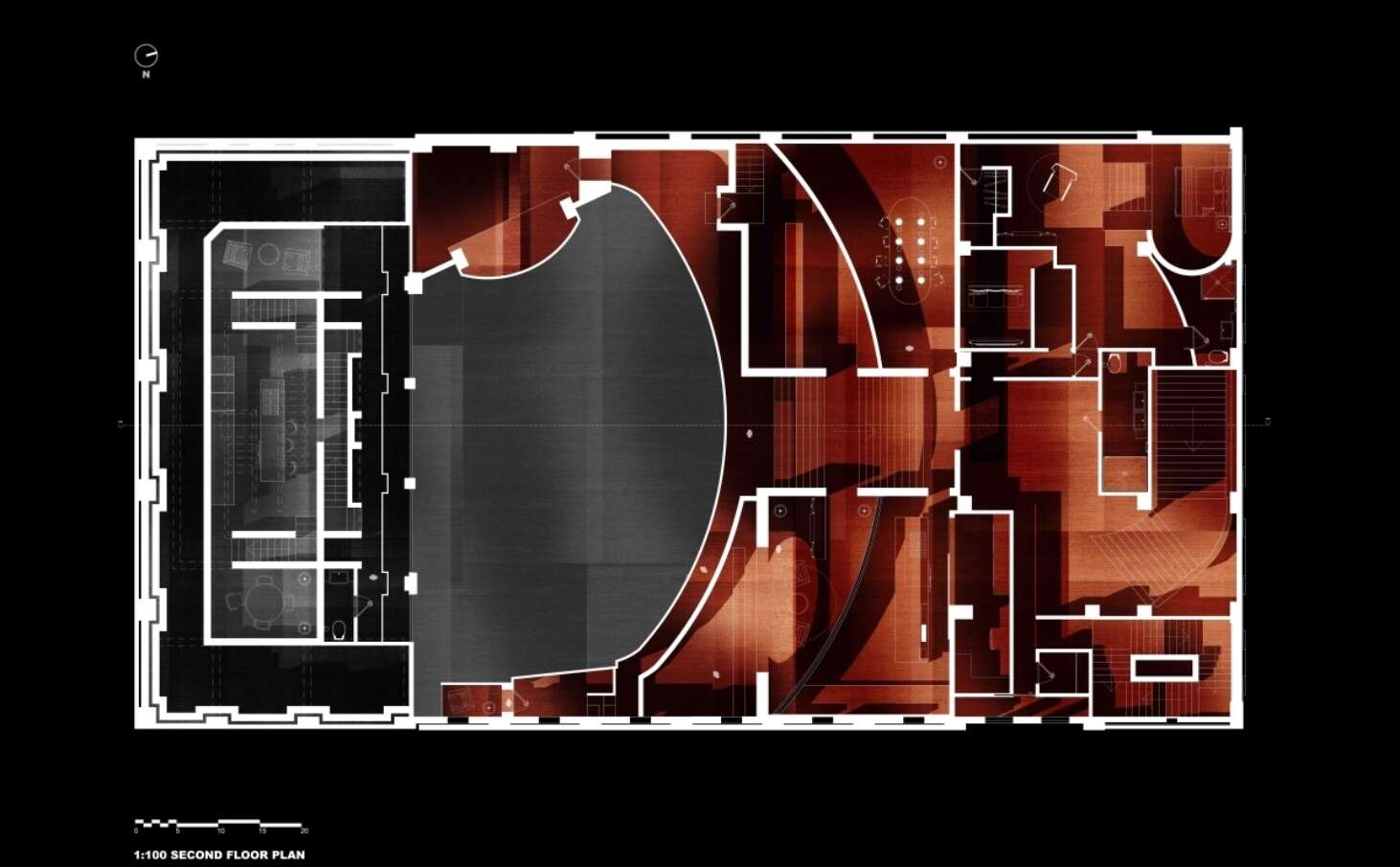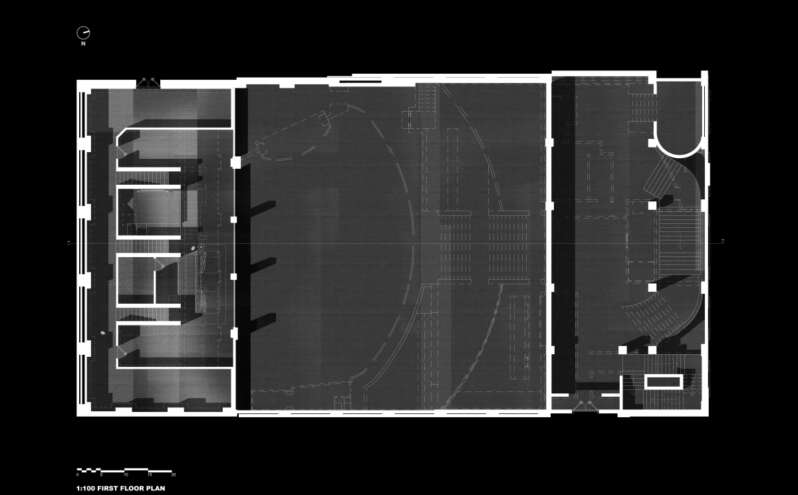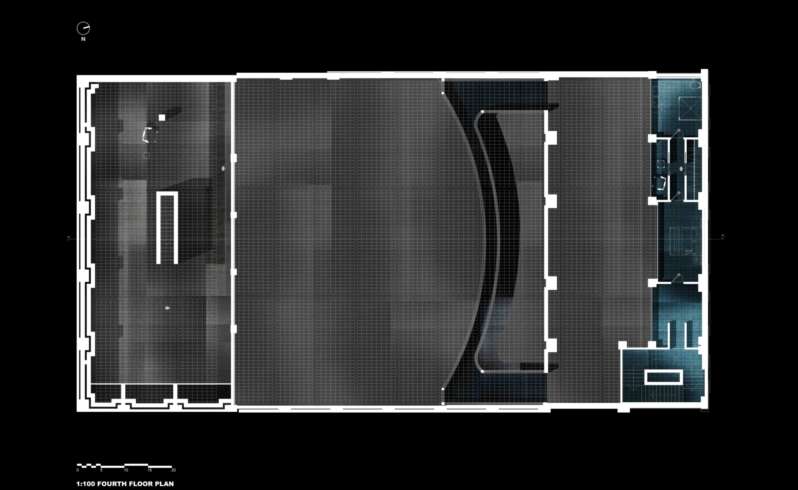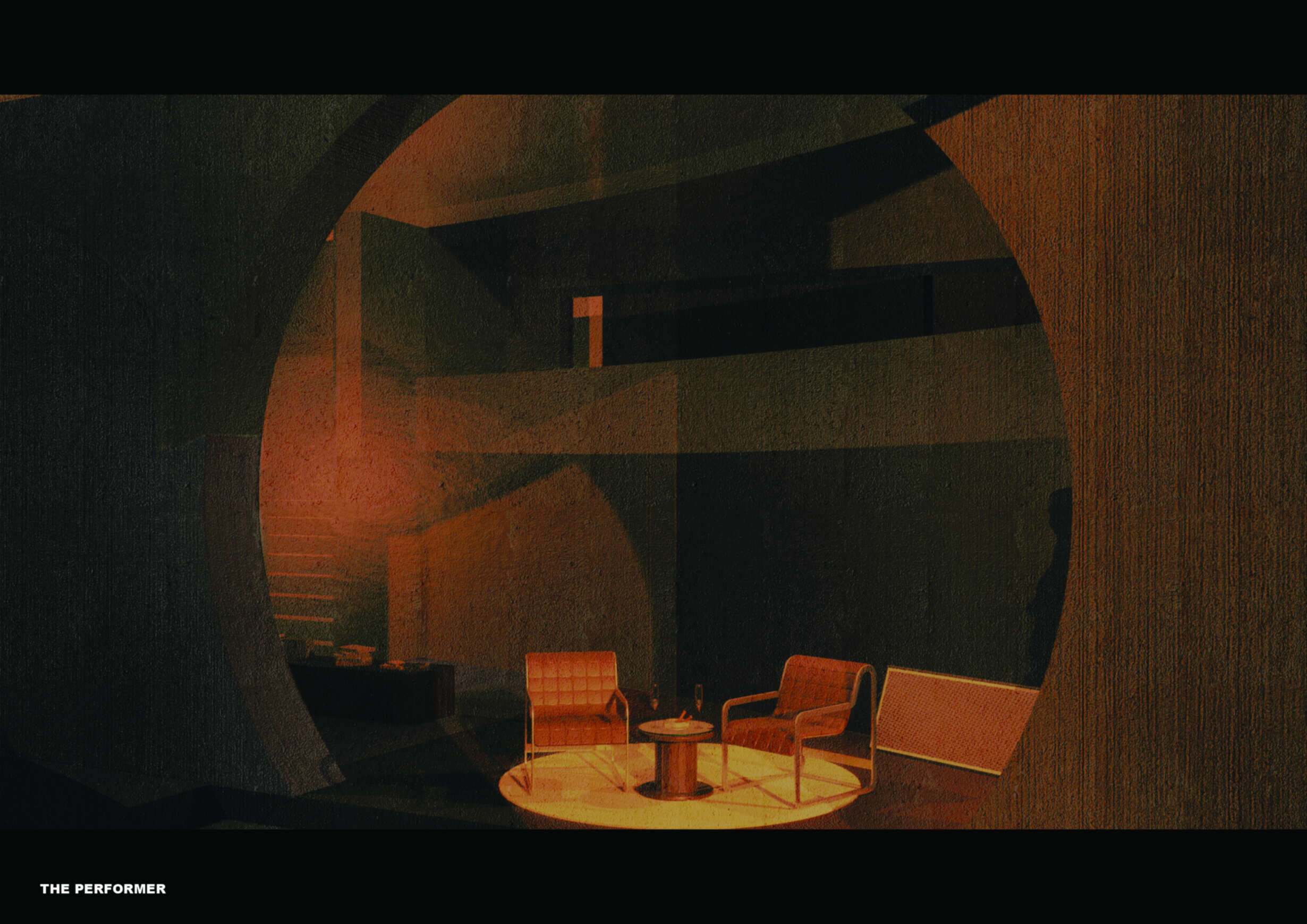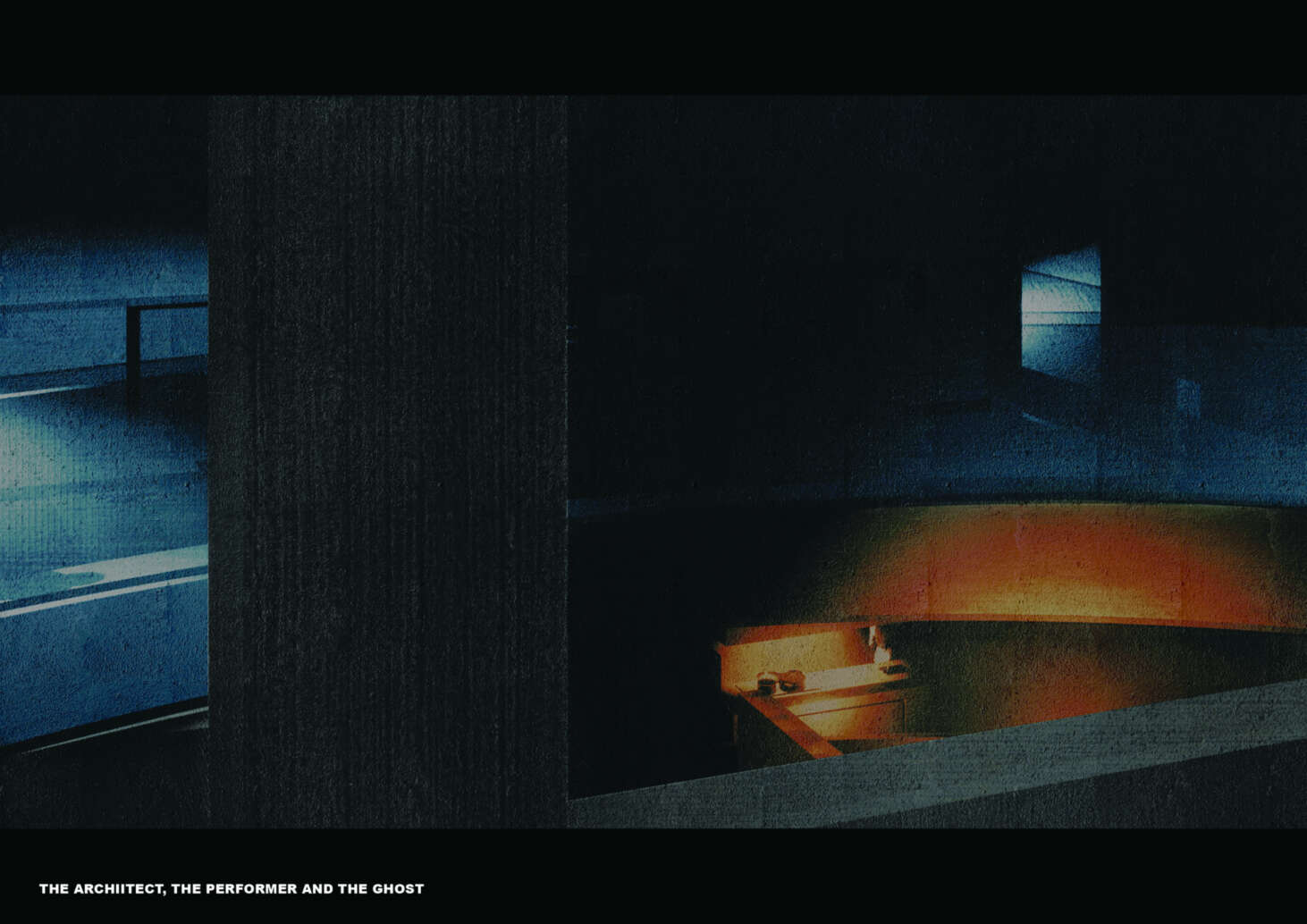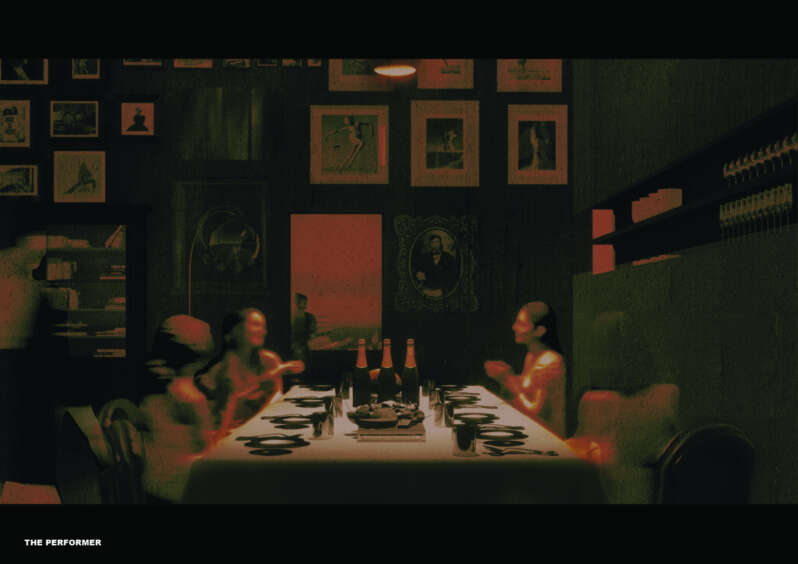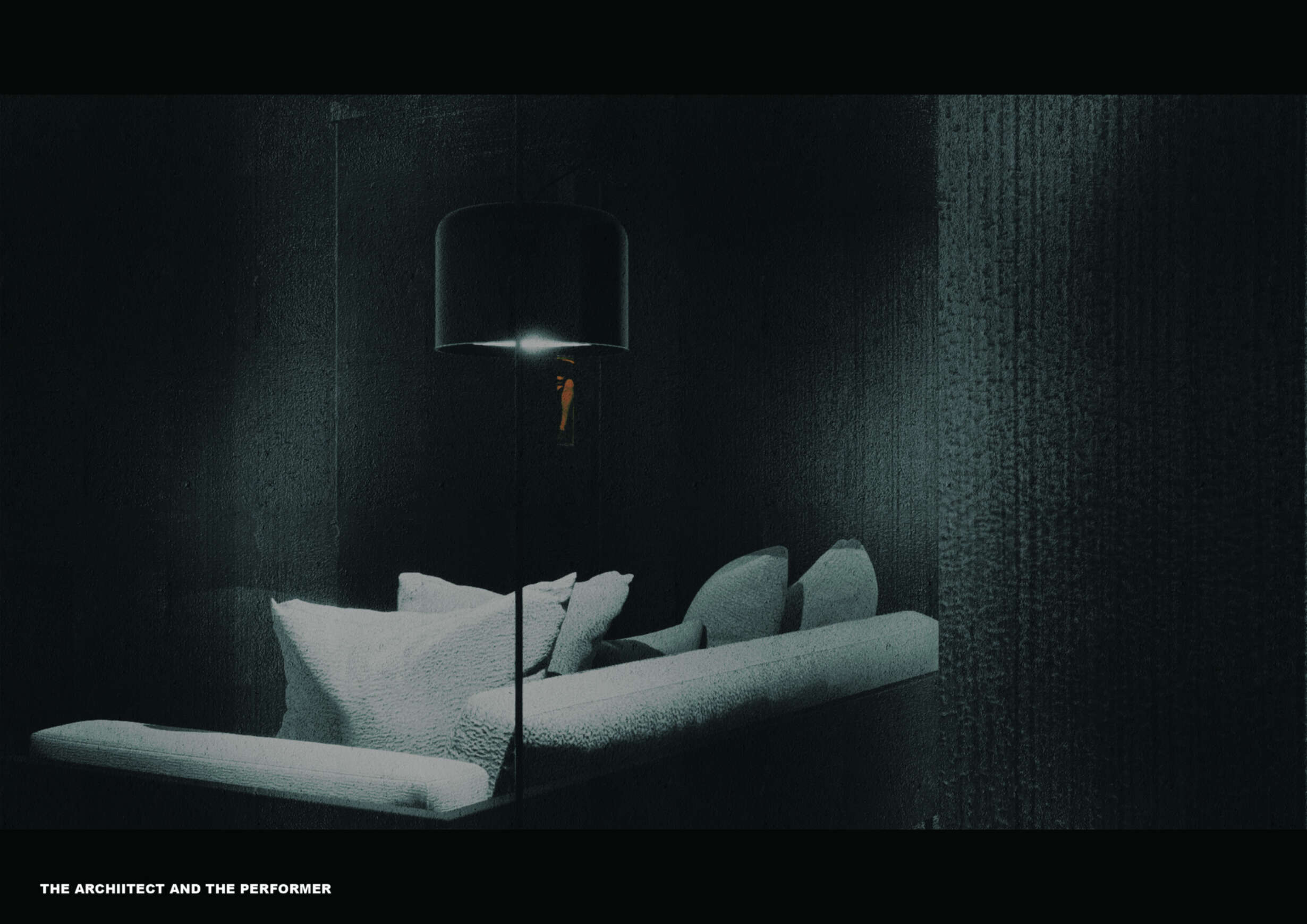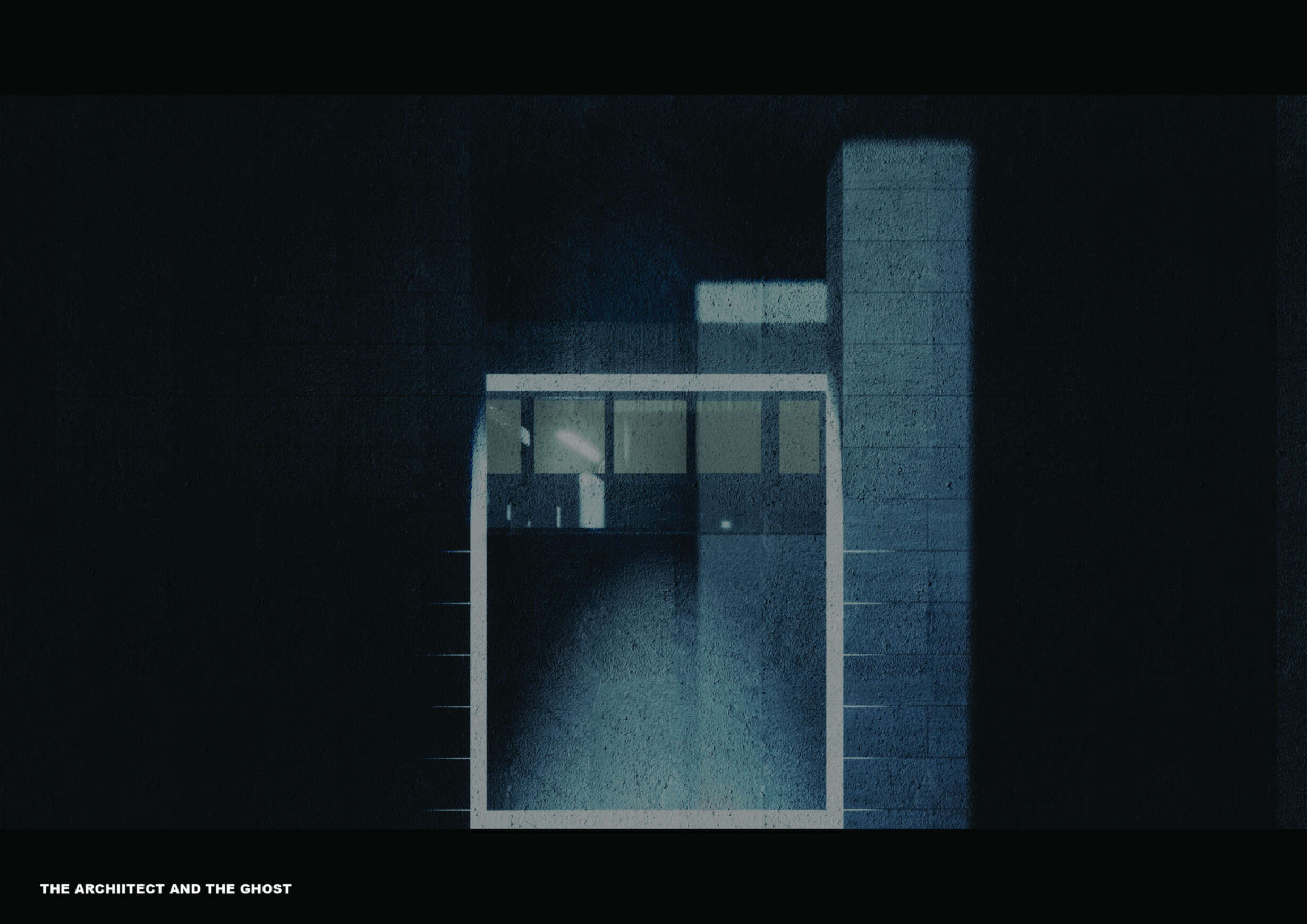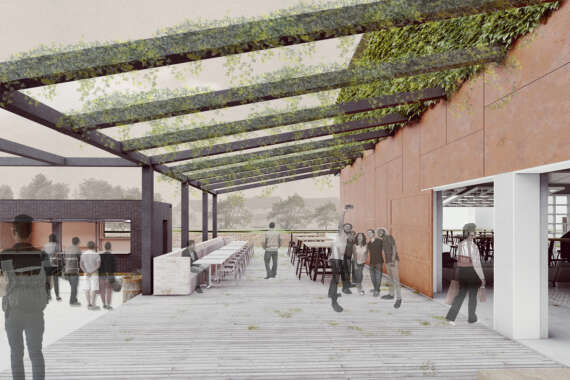The Architect, The Performer and The Ghost: A ST James folly.
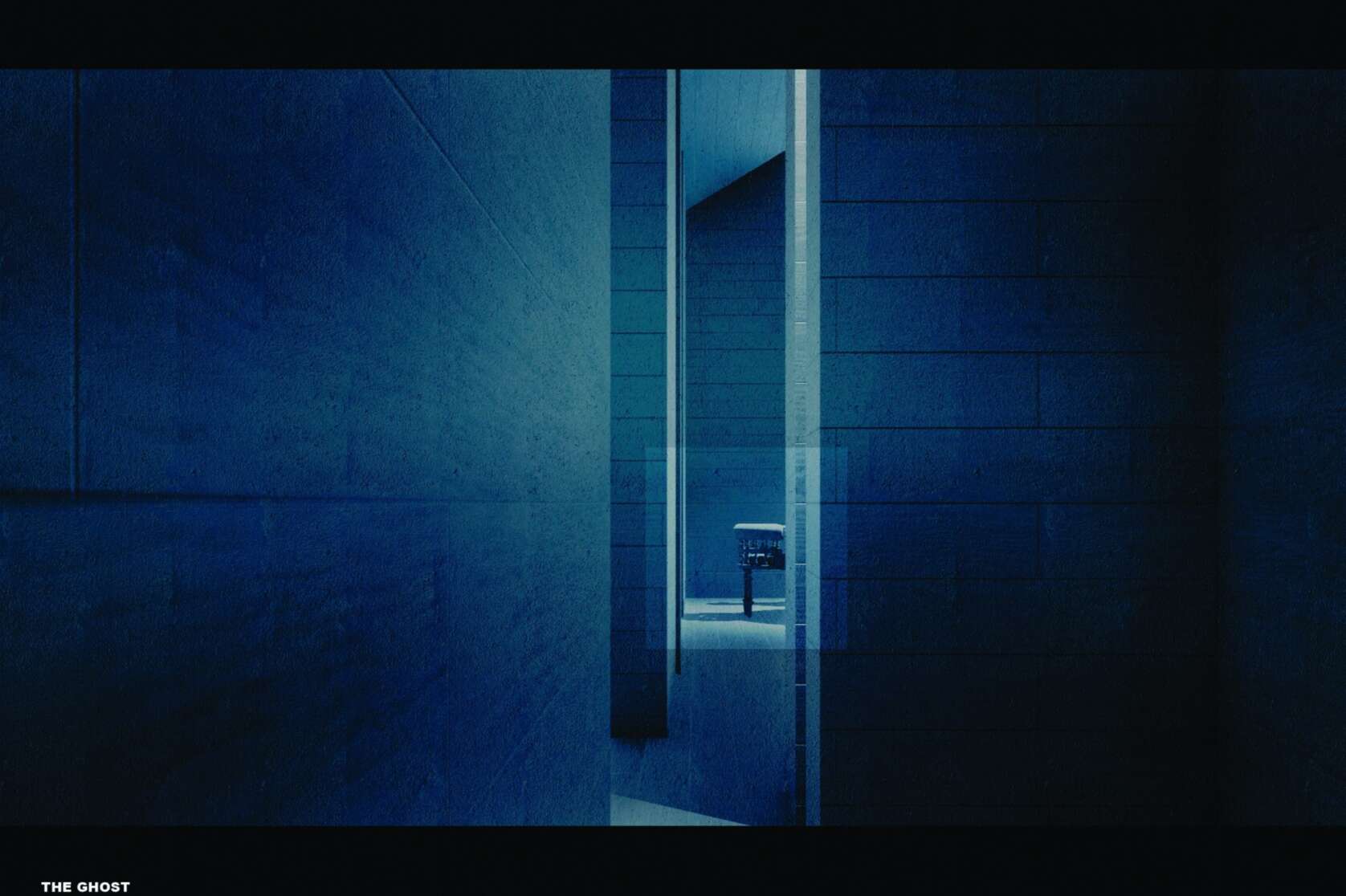
Architecture becomes a stage where the gaze defines roles of control and desire. The inhabitant, as the primary object, and the visitor, as the looking subject, constantly exchange agency, creating a fluid dynamic of power. This interplay evokes intimacy and control, blending comfort and tension. The interior frames and traces existence, embodying a presence that is both seen and felt.
Desire and lack are intrinsic to human nature—what we desire is what we lack. Achieving desire creates new voids, perpetuating a cycle driven by consumerism. Vision fuels desire, making the gaze pivotal. Yet, while the gaze seeks understanding, it often fails to truly see, exposing the limits of human knowledge.
Through architectural forms like walls or labyrinths, subjects and objects converge and diverge, their roles shifting endlessly. This embodies the paradox of the gaze: a demand to see and a desire that can never be fully satisfied.







